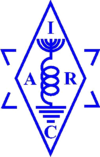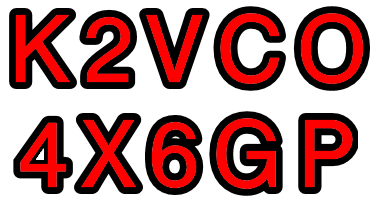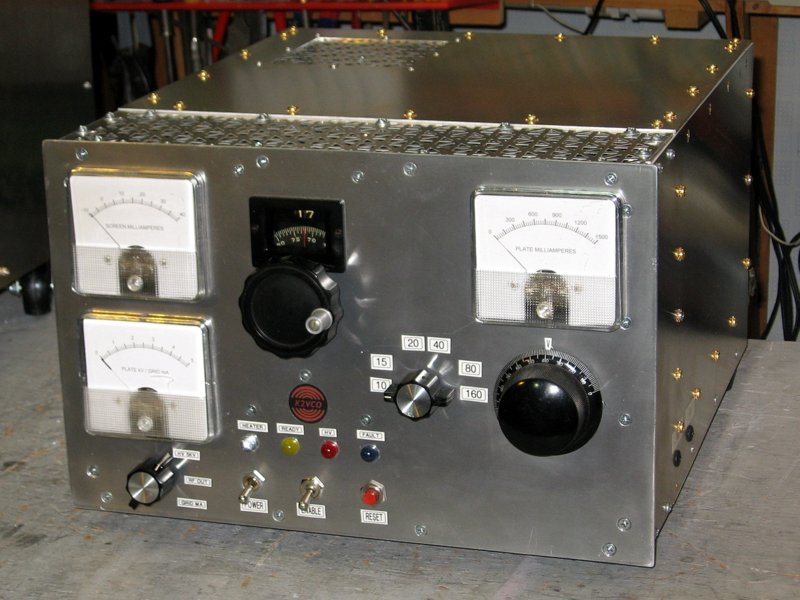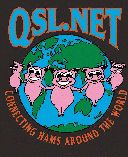Amateur Radio Stations
K2VCO, Fresno California USA My (former) CW station
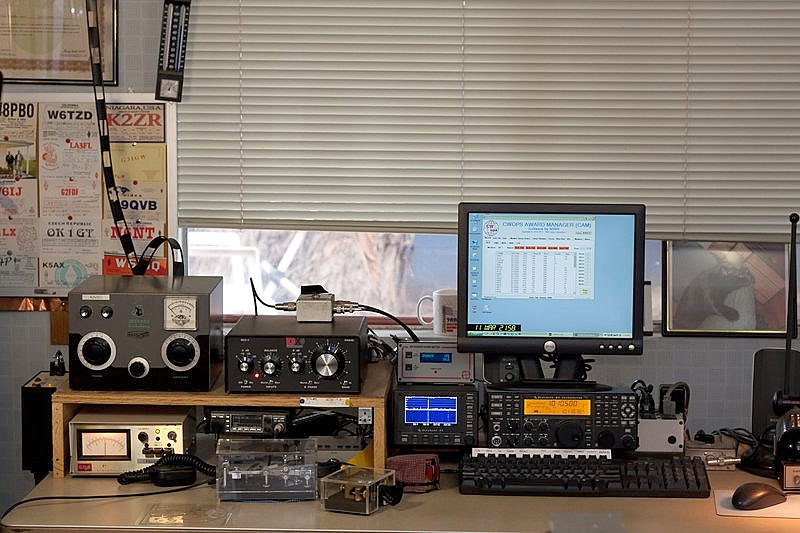
Equipment shown includes an Elecraft K3/100 transceiver and P3 Panadptor. There's also a DX Engineering NCC-1 Receive Antenna Variable Phasing Controller next to the old E. F. Johnson Matchbox antenna tuner. The NCC-1 was connected to two DXE active vertical receiving antennas, about 100' (30.5m) apart. Out of sight to the left are two amplifiers: a Kenwood TL-922 and my homebrew pair of 813's (see below). This photo was taken in 2011; since then, there have been numerous changes.
This station is now history! I have moved back to Israel, where I have my old call 4X6GP. Here's my new station:
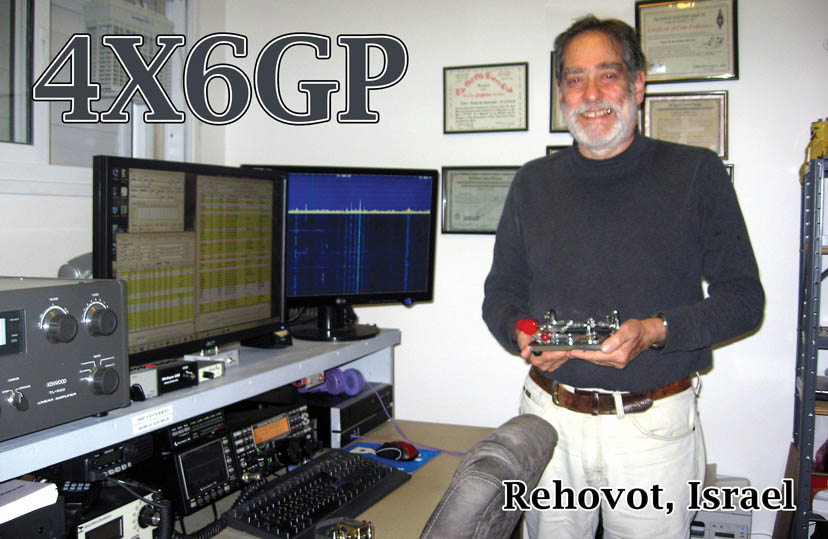
My present antenna is a rotary dipole 10m long fed with open wire line. It works on all bands from 40 to 10 meters. It's tuned by an older Palstar AT-Auto automatic tuner (not shown). The tuner connects to the antenna through a DX Engineering 1:1 balun and some relay-switched components to cancel reactance on 30 and 40 meters. Getting the system to work on seven bands was not simple! Here is a description of the system.
The station is located in a room which is on the roof of a 10-story building with antenna on top.This puts the antenna about 35m above ground. It works quite well for transmitting. But I miss having a beam for receiving. I think this makes me an alligator (big mouth and small ears). Here is a view of the antenna on the roof with a 2-meter beam below it. Since it only needs to turn 180 degrees, the open wire line does not present a problem for rotation:
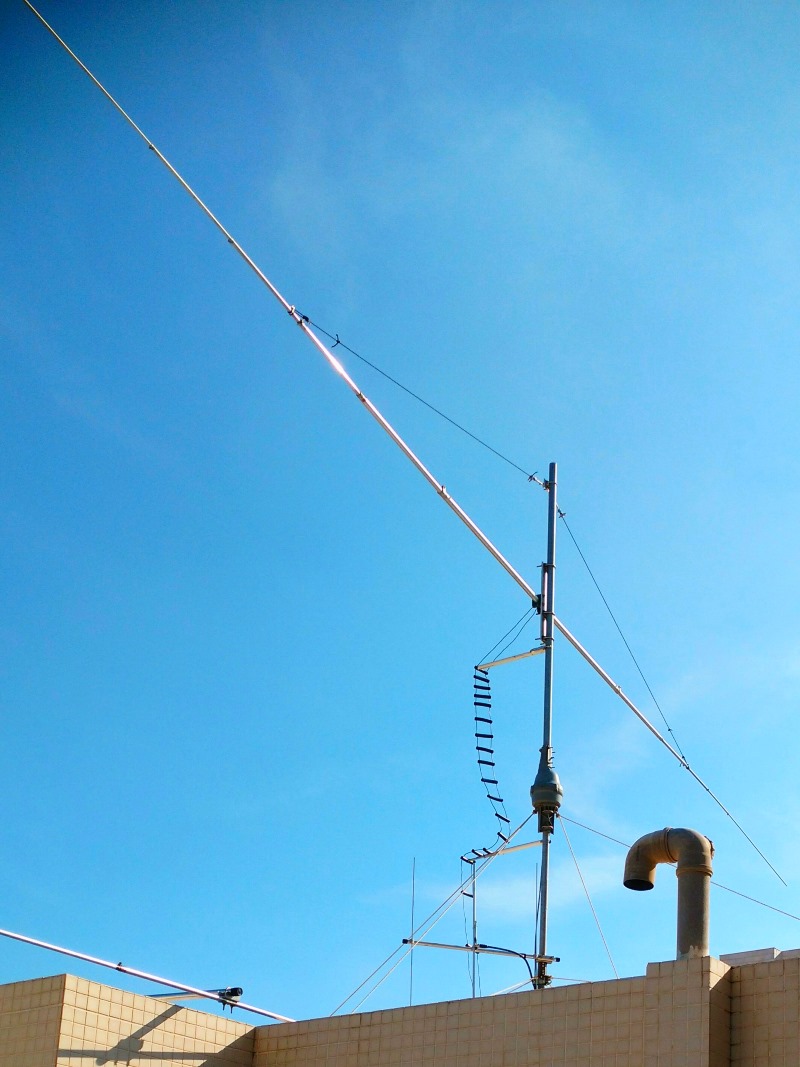
I also have a DX Engineering RF-PRO-1B receiving antenna (formerly called a Pixel Loop) which is used for diversity reception with the K3 sub-receiver. It is vertically polarized so it complements the dipole well for diversity.
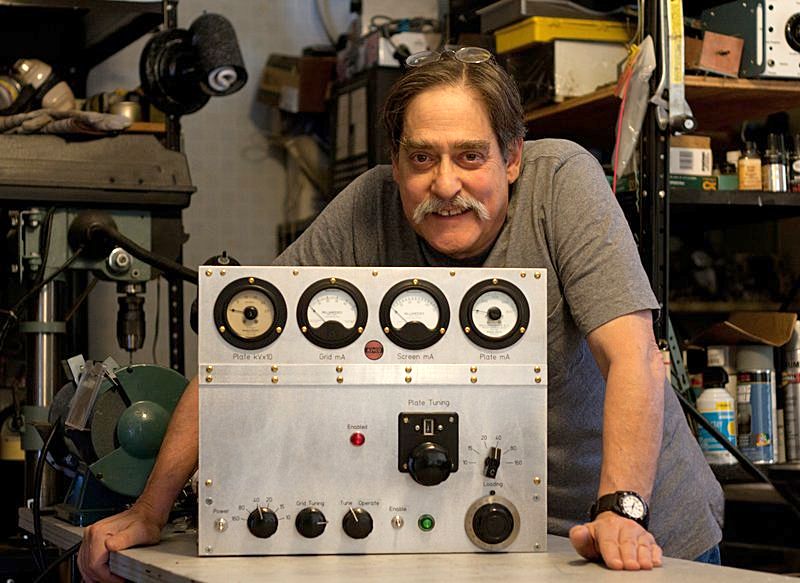
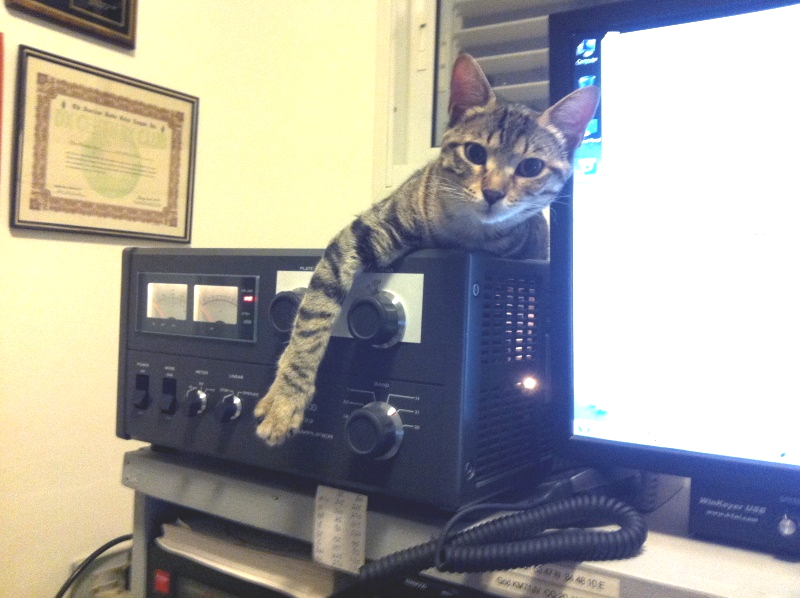
"Oh no, you don't. If you're so good, try working him QRP!" Kasha helps me work DX.
Why use CW? Morse code was historically the first method of transmitting information by radio. Throughout the 20th century, even after the development of voice communications, Morse was used when there was a need to get a radio message through at great distances or under difficult conditions, such as to ships, aircraft, etc. CW transmission (Morse sent by simply turning a carrier on and off) is the most economical and efficient way to transmit information. Although anyone can learn Morse code on a basic level, it's possible with practice to develop a high degree of skill in sending and receiving it. Using this ability, contending with the vagaries of short-wave radio propagation, and connecting oneself with the tradition established by several generations of radio operators is a highly satisfying hobby. The Morse requirement for an amateur license has now been eliminated; but many amateurs continue to use it -- indeed, to love it.
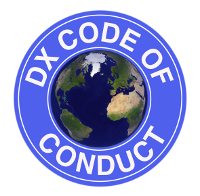 |
My main interest is
working DX. Since 2014, I have worked and confirmed 304
entities, all on CW of course. Please use LOTW -- it's easy
and it's free! And please read and follow the DX Code of
Conduct to make DXing fun for everyone.How not to be a DX DickWe all make mistakes. Even CW DXers. But some operators do very unhelpful things on purpose. They are DX Dicks. Suppose you hear a rare station. What a pileup! You need him for an ATNO! What do you do? You do not tune up your amplifier without QSYing! If you do, you are being a dick. You do not put your keyer in a loop to call continuously. If you do, you are making it harder for the DX operator to copy the station he wants to work and harder for the other callers to figure out where he is listening. You are being a dick. When the DX calls another station or gives a partial call that is not part of your call, keep quiet. Otherwise, you are a dick. This is probably the most popular way to be a dick, especially in Europe. Don't do it! If you are lucky enough to hear the guy the DX is working, you do not try to overpower him so the DX station doesnít get his acknowledgement. Doing this makes you an especially rotten dick. If someone accidentally calls on top of the DX who is working split, you do not send UP UP UP UP UP UP or IDIOT or GM or HI or LSN or anything at all on the DX frequency. He will figure it out. I know you may think you are helping, but you arenít. In fact, if you do this you are certainly being a dick. If a whole collection of dicks are insulting each other on the DX frequency, do not join them and become a dick yourself. In fact, read and follow the DX Code of Conduct and you will never be a DX dick! |
My QSL policy: I prefer QSLs via LOTW. Join it! All QSOs are uploaded to Club Log in real time, and to LOTW at least once a day. Every few months I upload to eQSL. I'm sorry that it is no longer possible to send paper QSLs. Note that I do not respond to QSLs sent through bureaus.
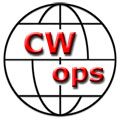 |
The goal of CWops
is to bring together Amateur Radio operators who enjoy
communicating by Morse Code (CW). CWops encourages the
use of CW in Amateur communications, and it supports CW
activity through planned events and by its CW
Academy. CWops promotes goodwill among Amateurs
throughout the world, and it fosters the education of young
people and others in matters related to Amateur Radio. CWops is international in scope, membership and management. Its focus is the use of CW, whether for contesting, DXing or ragchewing. Moreover, it supports every form of sending -- if it's CW, CWops supports it! |
|
This is a very early SpeedX bug. I am its second owner! The first was Ralph,W6JPU (SK), who bought it new in San Francisco for $8.00 in 1936 or 37. It is tiny for a bug; the base is only 2-1/2" (6.35 cm) wide. It has a very light touch, so it stays put on the table while sending despite its small base. |
|
|
Here's a Signal Corps J-36. This one was made by Vibroplex in 1942. It's a solid, well-made, smooth-working bug. Similar to the Vibroplex Lightning Bug, the J-36 was made by several manufacturers, including model train maker Lionel. |
|
|
This is a 1960 model Vibroplex Original Deluxe Bug. In the early '60's, Vibroplex used an especially thin piece of steel for the mainspring. That makes these bugs capable of slower speeds -- and in my opinion, smoother operation -- than the ones with thick springs. The little circuit board on the back contains a reed relay with a large capacitor and diode across the coil. This eliminates the slight contact bounce from the mechanical key contacts and provides clean keying for modern transceivers. |
|
|
A WBL model V22 paddle for an electronic keyer. This paddle was made by Stan Hails, W9WBL. As far as I know, only about 150 of this model were made. The paddle is very smooth, stable, and adjustable in numerous ways to fit the operator's preferences. I no longer own it, and I'm sorry! |
|
|
This is a Begali Magnetic Professional paddle, serial no. 40. In my opinion, Begali's paddles are among the best of any that I've ever used. They have an extremely crisp feel. Check out the Begali Keys Web site. Read my review (and some others) of it on EHam.net. |
|
 |
This is a 90-degree VizBug, made by Tom Desaulniers, K4VIZ. It is smaller than the usual Vibroplex, weighs almost 3 pounds, and -- because of the geometry -- does not move on the desk. It has a smooth, tight, feel. It can key my K3 cleanly without any debouncing devices. It's my favorite bug. |
 |
This is an N3ZN model ZN-5A. It's smooth and positive, and also features extremely low mass moving parts and a heavy base. This is serial no. 39. The key was made by Tony Baleno, N3ZN. |
 |
The Begali Pearl. It has a great feel and is a work of art. Currently my favorite paddle. |
Historical Pictures of K2VCO
|
Here I am with a Viking Ranger, Heathkit SB-301 and homebrew 300w amplifier in New Jersey circa 1977. K2VUI (SK) lent me the Ranger so I could get back on the air after a period of inactivity. Look at the QSL's on the wall! Also note the home made open-wire line using hair curlers for insulators. |
|
|
I also used the call 4X6GP in Israel from 1980-88. Click the link to see a picture of my station at Kibbutz Glil Yam in the early '80's (visitor G4UZN took the picture). The rig was a Kenwood TS930S and SB-200 amplifier. I had a 3-element tribander at 50 feet, about a mile and a half from the Mediterranean. A super QTH! I'm back in Israel now, at a different QTH in Rehovot. |
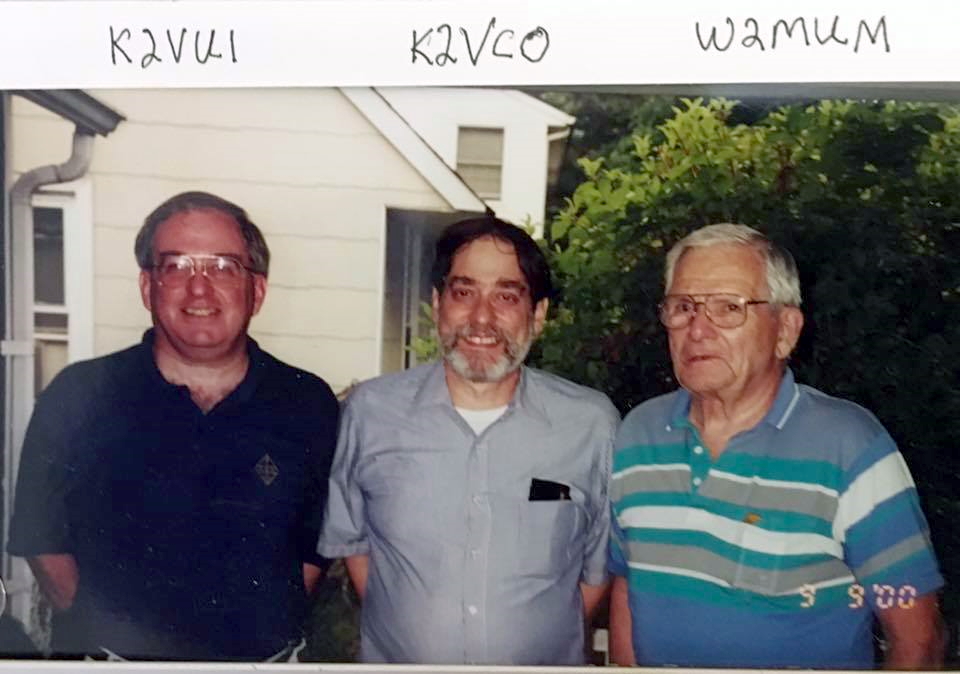
In 2000, I went back to Long Island and visited with some old
friends: two great DXers, Joe K2VUI and Elliott W2MUM. Now both
are sadly SK, but not forgotten.
|
|
UTC is a tiny program I wrote which displays the UTC time and date on your Windows desktop (it works on Windows 98 through Windows 10). It gets the time zone information from Windows, so you don't need to reset your system clock. It has lots of neat features, and it's freeware! Click here to download UTCv12.zip. |
Recent Projects: an RF sniffer and 4CX1000A amplifier.
|
|
I was first licensed in 1956 as KN2VCO, Hicksville NY. I'm a member of ARRL (click here to read why), Israel Amateur Radio Club, CWops, DXCC, and the A1 Operators' Club. If you want to get in touch with me, use the information at the QRZ.com listing for 4X6GP. |
|
Thanks to QSL.Net for this free Ham Radio Web Page! This page was last updated in June, 2020. |

